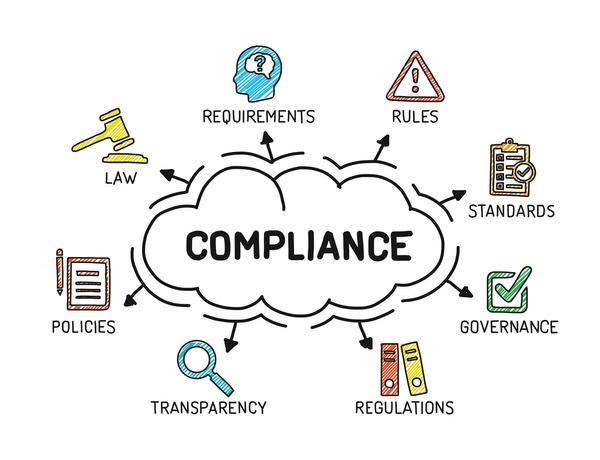The WealthStack Podcast: The Future of AI Security with Alec Crawford

In an era where artificial intelligence (AI) is reshaping the landscape of nearly every industry, understanding the intricacies of AI security and compliance is not just beneficial—it’s imperative. The recent episode of The WealthStack Podcast featuring Alec Crawford, a leading expert in AI risk, sheds light on the future of AI security, offering invaluable insights for executives, legal teams, and compliance officers navigating this complex terrain.
Introduction
The integration of AI into business operations brings a host of advantages, from streamlined processes to enhanced decision-making capabilities. However, it also introduces significant security and compliance challenges that organizations must address to safeguard their operations and adhere to regulatory standards. Alec Crawford’s discussion on The WealthStack Podcast provides a comprehensive overview of these challenges and outlines strategies to mitigate risks associated with AI technologies.
Understanding AI Security and Compliance
AI security encompasses the measures and practices put in place to protect AI systems from unauthorized access, manipulation, or malicious attacks. Compliance, on the other hand, refers to the adherence to laws, regulations, and guidelines that govern the use of AI. As AI systems become more sophisticated, ensuring their security and compliance becomes increasingly complex, necessitating a nuanced understanding of both technical and regulatory landscapes.
Key Regulatory Bodies and Frameworks
Several regulatory bodies and frameworks play a crucial role in shaping AI security and compliance standards. These include:
- General Data Protection Regulation (GDPR): Focuses on data protection and privacy in the European Union but has global implications for companies handling EU citizens’ data.
- National Institute of Standards and Technology (NIST): Provides guidelines and standards for cybersecurity, including AI systems.
- International Organization for Standardization (ISO): Develops international standards for technology, including AI, to ensure quality, safety, and efficiency.
Understanding the requirements set forth by these and other regulatory bodies is essential for companies looking to integrate AI into their operations.
Practical Steps for Achieving Compliance
Achieving compliance in the realm of AI involves several practical steps:
- Risk Assessment: Conduct thorough risk assessments of AI systems to identify potential security vulnerabilities and compliance gaps.
- Data Governance: Implement robust data governance policies to manage data collection, storage, and usage in compliance with relevant regulations.
- Ethical AI Use: Develop ethical guidelines for AI use that consider fairness, accountability, and transparency.
- Continuous Monitoring: Establish ongoing monitoring processes to ensure AI systems remain compliant with evolving regulations.
Benefits of Prioritizing AI Security and Compliance
Prioritizing AI security and compliance offers numerous benefits, including:
- Enhanced Trust: Demonstrating a commitment to security and compliance builds trust among customers, partners, and regulatory bodies.
- Risk Mitigation: Proactively addressing security and compliance issues reduces the risk of data breaches, legal penalties, and reputational damage.
- Competitive Advantage: Companies that effectively manage AI risks and compliance can differentiate themselves in the marketplace.
Case Study: Implementing AI Compliance Strategies
One notable example of effective AI compliance strategy implementation comes from a financial services firm that leveraged AI for customer data analysis. By conducting a comprehensive risk assessment, establishing clear data governance policies, and ensuring transparency in AI decision-making processes, the firm not only complied with GDPR and other regulations but also enhanced its market reputation for responsible AI use.
Conclusion
The future of AI security and compliance is a critical area for businesses integrating AI into their operations. Alec Crawford’s insights on The WealthStack Podcast highlight the importance of understanding and addressing the security and compliance challenges posed by AI. By following the practical steps outlined and staying informed about regulatory developments, companies can navigate the complexities of AI integration while safeguarding their operations and maintaining regulatory compliance.
For executives, legal teams, and compliance officers seeking to deepen their understanding of AI security and compliance, Alec Crawford’s discussion offers a valuable resource. Embracing the strategies and best practices shared can pave the way for successful AI integration, ensuring that companies not only reap the benefits of AI technologies but also manage the associated risks effectively.
